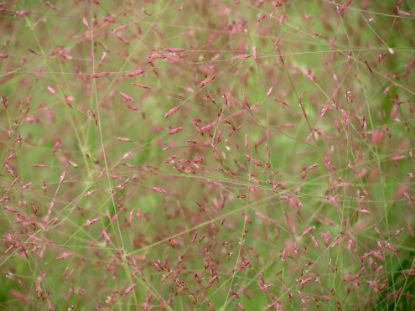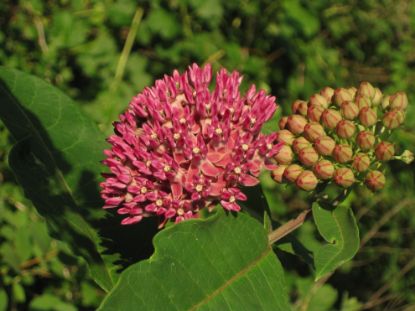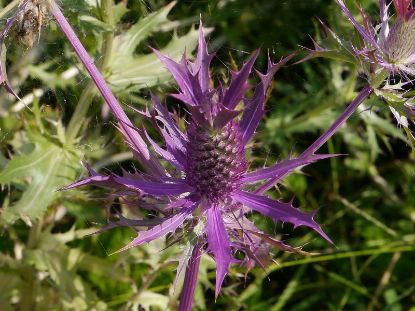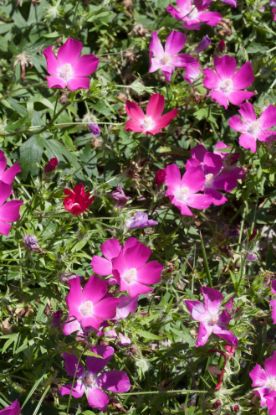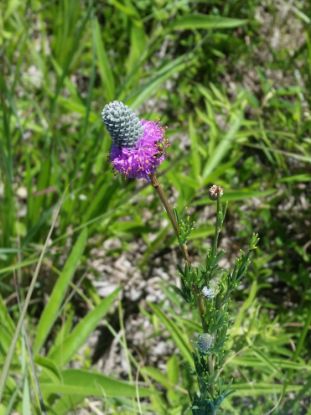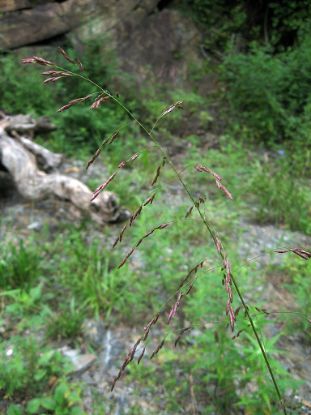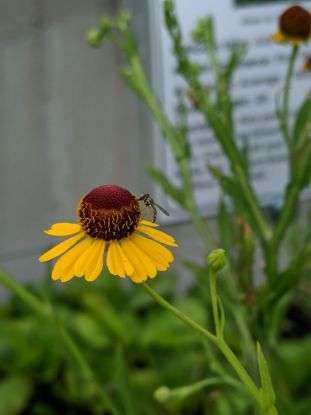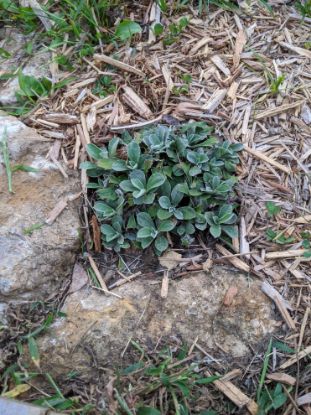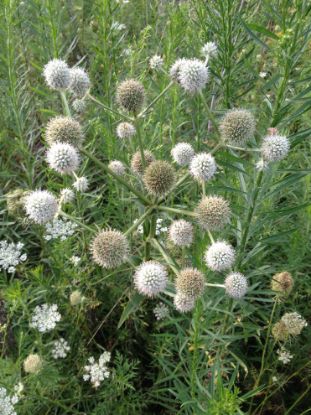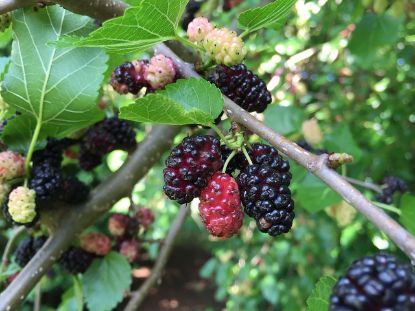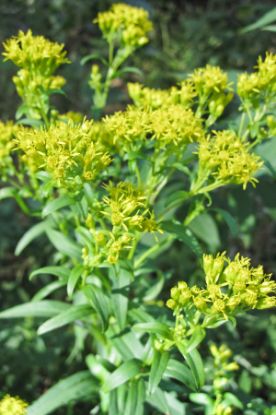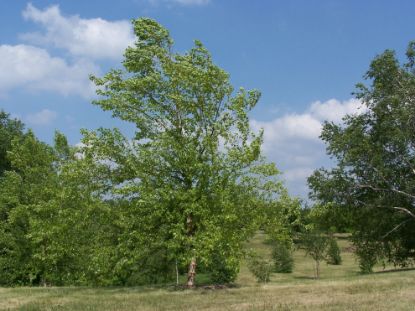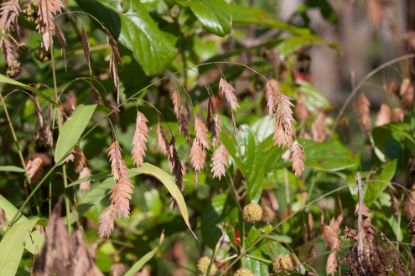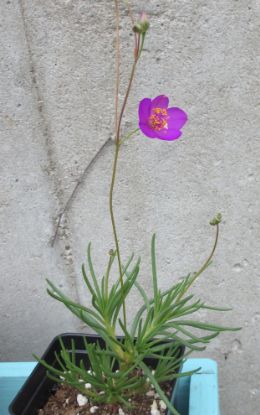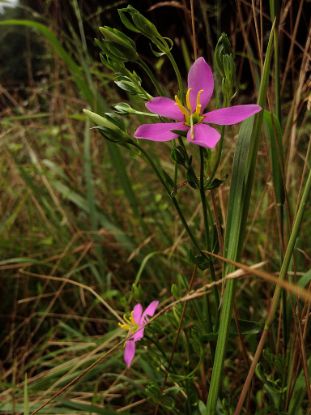Filter by attributes
Products
Sort by
Display
per page
View as
305 products found
Purple Love Grass (Eragrostis spectabilis)
Creates a lovely pink mist when planted in bunches or swaths through a landscape. A great addition to a large grass garden or used as a groundcover.
I'm sleeping right now. See you in the spring.
From $6.00
Purple Milkweed (Asclepias purpurascens)
A finicky species. A milkweed for your shade garden. Very similar to common milkweed but won't grow as tall or spread as much. Prefers moist but well drained soil.
I'm sleeping right now. See you in the spring.
$6.00
Purple Pineapple (Eryngium leavenworthii)
Caution: very spiny. An annual; allow to reseed and move around the garden. Needs well-drained soil. Good for rock gardens.
I'm sleeping right now. See you in the spring.
$6.00
Purple Poppy Mallow (Callirhoe involucrata)
Naturally occurs in rocky areas. Can sprawl 4 feet wide; may be used as a ground cover. Flowers and foliage eaten by deer and other herbivores.
I'm sleeping right now. See you in the spring.
$6.00
Purple Prairie Clover (Dalea purpurea)
A shorter beauty with a wonderfully interesting flowerhead and leaf structure. Good for dry areas - needs well drained soil. Attracts several types of insects.
I'm sleeping right now. See you in the spring.
$6.00
Purple Top (Tridens flavus)
Warm season bunch grass. Beautiful purple spikelets that make a statement when massed, especially among other green grasses and when blowing in the wind. Tolerates road salt.
I'm sleeping right now. See you in the spring.
$6.00
Purple-headed Helen's Flower (Helenium flexuosum)
Not preferred by deer or rabbits. Interesting blooms. Great planted in a mass. Can get tall and lanky in fertile soil. A short-lived perennial, so allow to reseed.
I'm sleeping right now. See you in the spring.
$6.00
Pussytoes (Antennaria parlinii)
A fuzzy little ground cover. Does best in dry, lean soils (may not survive in rich soil). Host plant for American Painted Lady butterflies. Deer tolerant. Dioecious - males shorter with yellow stamens; females taller with pinkish stamen.
I'm sleeping right now. See you in the spring.
From $6.00
Rattlesnake Master (Eryngium yuccifolium)
Adds a great structural interest to the garden and seedheads provide winter interest. Spiny leaves, so avoid planting near walkways. Nectar source for many insects and birds, such as finches, eat the seeds. Host to a few swallowtail butterflies.
I'm sleeping right now. See you in the spring.
$6.00
Red Mulberry (Morus rubra)
Delicious fruit in early summer on female plants enjoyed by humans, birds, and mammals. Fruits create purple stains where they land so best planted further away from the home. May take 10 years for fruit to produce. Yellow fall leaves.
Out of stock
From $6.00
Riddell's Goldenrod (Oligoneuron riddellii)
A goldenrod for your rain garden. Naturally occurs in wet meadows in the Ozark region.
I'm sleeping right now. See you in the spring.
$6.00
River Birch (Betula nigra)
Beautiful peeling bark makes this a wonderful statement tree. Beautiful yellow fall leaves. This tree provides garden interest in every season. Often trained to be multi-trunked in landscapes. Fast growing. Can be kind of messy with fallen twigs.
I'm sleeping right now. See you in the spring.
$14.00
River Oats (Chasmanthium latifolium)
Beautiful fall seed heads are prolific reseeders. Plant in masses that are bordered to keep under control.
I'm sleeping right now. See you in the spring.
$6.00
Rock Pink (Phemeranthus calycinus)
A native succulent that likes rocky, sandy, or well drained soil.
I'm sleeping right now. See you in the spring.
From $6.00
Rose Gentian (Sabatia angularis)
Biennial that blooms the second year then must reseed to continue. Plant some this year and next year to get a consistent show of color for years to come. Native to southern and eastern Missouri.
Out of stock
From $6.00
